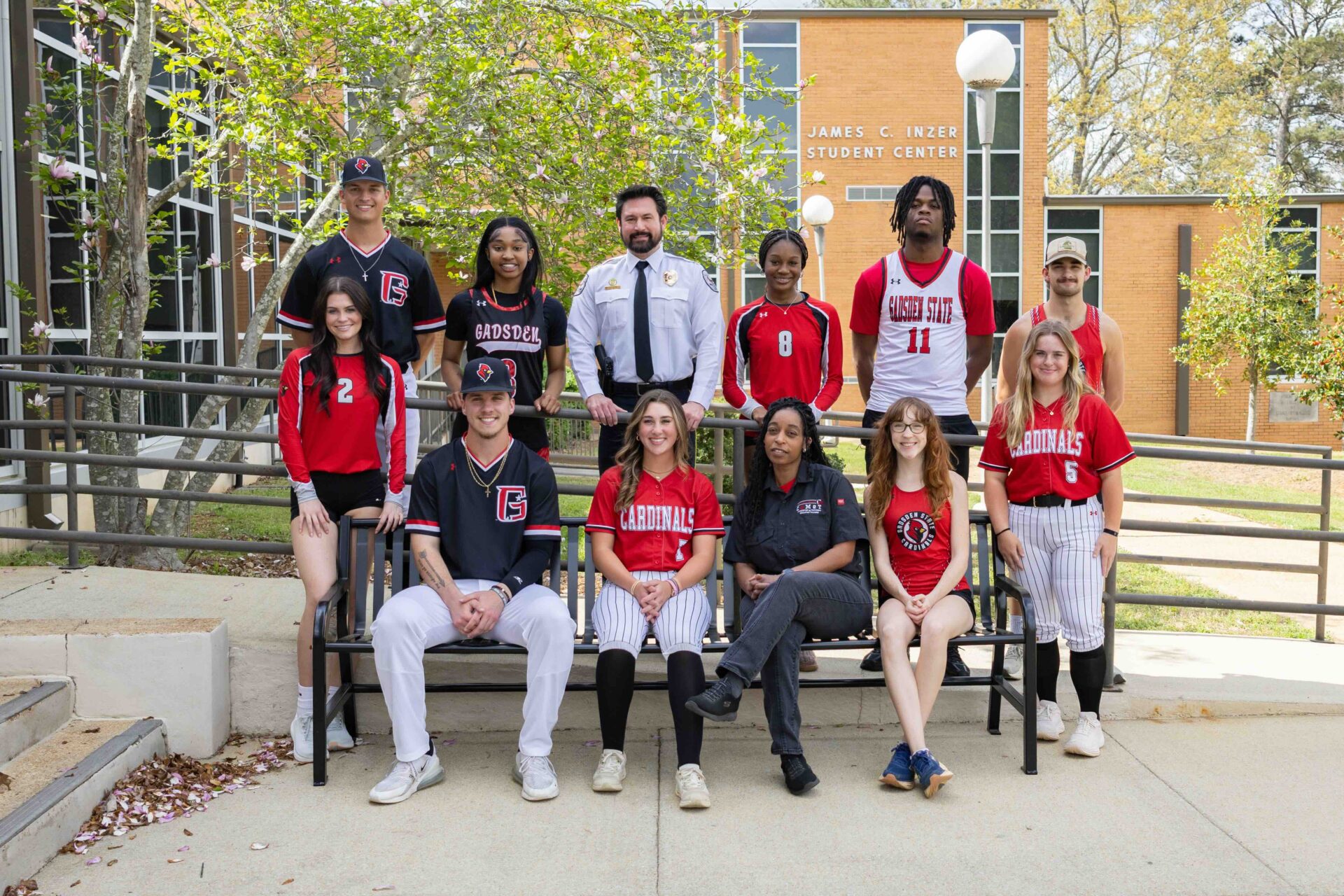The Gist
- Personalization builds loyalty. Shallow segmentation isn’t enough. Customers expect relevant experiences that reflect who they are and how they interact with your brand.
- AI improves retention. AI can predict disengagement, personalize offers and free up time for human service, which helps brands stabilize lifetime value at scale.
- Rewards must evolve. Loyalty programs need to reflect real-world value with flexible, meaningful rewards that align with how customers actually live and spend.
Customer loyalty has always been a major driver of long-term business success. But the way it's earned and sustained has changed dramatically. For years, customer lifetime value (CLV) has served as a guiding metric for brands focused on building meaningful, high-value customer relationships. But those numbers are becoming harder to pin down. What once looked like reliable, long-term value now feels increasingly unstable, more like a mirage than a guarantee.
Everything from inflation to digital transformation to rising customer expectations have made it harder for brands to predict customer behavior with confidence. A 2023 survey found that 61% of consumers are less loyal than they were the previous year. For Gen Z, data shows that 77% make an effort to try new brands, which is a higher share than any other generation. With the barriers for switching between brands lower than ever, brand affinity is being reshaped by whatever feels most relevant, personal and rewarding for consumers in the moment.
These three strategies are essential for stabilizing and maximizing customer lifetime value in today’s volatile environment.
Rising Expectations for Personalization
Personalization now plays a central role in building long-term customer relationships. According to McKinsey, 71% of consumers expect personalized interactions, and 76% feel frustrated if they don't receive them. Even more telling is that 78% say personalized content makes them more likely to repurchase.
But the bar for personalization is rising quickly. As customer expectations shift, strategies that once worked now fall flat. Today's consumers want their experiences with brands to feel relevant, timely and personal. For brands, that means looking beyond outdated targeting strategies based on demographic information or static personas. Personalization now requires a deeper understanding of each individual customer, and brands should be using the customer’s interests, behaviors, purchase history and browsing patterns to get it right.
Consider the difference between segment-based and truly personalized strategies. Outdated marketing might place someone like "Sarah" into a broad "business traveler" persona. But modern personalization understands that "Sarah" books work trips Monday through Thursday and then transforms into an adventure-seeking parent during school holidays. The same customer has two completely different mindsets, and each one deserves its own tailored experience.
This deeper level of personalization builds an emotional connection that strengthens CLV. And we know that customers are more likely to stay loyal when they feel seen and valued, even when other options are just a click away.
Using AI to Keep Customers Loyal
If personalization is the goal, AI is what makes it work at scale. Machine learning algorithms can analyze vast amounts of data to predict customer needs and uncover opportunities for meaningful engagement. That can include everything including tailoring offers, improving customer service or delivering personalized communication in real time across channels.
Another area where AI shines is identifying when customers start to drift, for example, from a loyalty program. A retail brand might use AI to monitor browsing activity, purchase frequency, app usage and email open rates to spot signs of declining engagement. Based on those signals, the system can trigger a reengagement strategy tailored to that individual. Thanks to AI, that strategy can be based on many factors like customer’s style preferences, price sensitivities or seasonal buying patterns. These insights help make sure messages reach buyers at the best possible moment.
AI also helps by automating and speeding up work that used to be manual and time-consuming. As AI handles more routine processes, it also frees up teams to focus on high-impact customer service interactions, the ones where a human connection matters most to build customer trust.
When AI powers real-time personalization, predicts disengagement and creates space for meaningful human moments, it becomes more than just a tool. It becomes a key driver of deeper loyalty and more stable CLV.
Making Loyalty Programs More Valuable
Another way to build and sustain customer lifetime value is through loyalty programs, but only when those programs are designed to deliver real value. Traditional points and discounts aren’t enough anymore. Consumers expect rewards that align with the time and spending they put into a brand. When businesses get that right, it creates a positive reinforcement cycle that builds lasting loyalty.
Take a credit card program that allows members to redeem points for something like a long-awaited luxury hotel stay. That moment creates an emotional experience for the customer that goes way beyond simply earning points. It reinforces the value of using the card for everyday purchases, and it helps keep that card top of the wallet.
Flexibility is also important. Data from Valuedynamx shows that 90% of loyalty program members want to redeem points across multiple brands. Giving people more ways to use their rewards makes the program more engaging.
Additionally, there’s growing demand for experiential rewards, with nearly half of loyalty members saying they’re interested in options like travel, activities and exclusive events. These kinds of experiences create stronger emotional ties to set the program apart.
For brands, this value-driven shift represents a real opportunity. Expanding redemption options, offering more meaningful rewards and aligning with how customers actually live can turn loyalty programs into long-term drivers of customer engagement and CLV.






Comments
Join Our Community
Sign up to share your thoughts, engage with others, and become part of our growing community.
No comments yet
Be the first to share your thoughts and start the conversation!